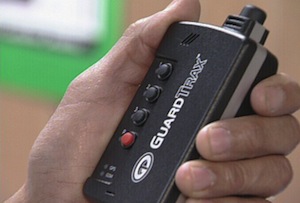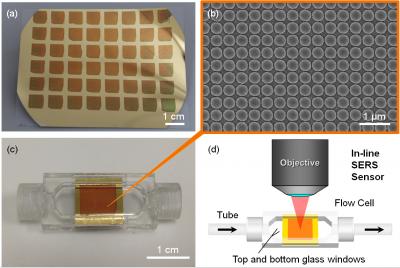Have you ever thought about how ineffective different parts of our legal system are?
I’ve often thought about how restraining orders are such a quaint throw-back to a time before technology: So-and-so might do such-and-such at the corner of there-and-there; best order them away. But restraining orders are pieces of paper. They seem almost naive: The cops aren’t psychic. They can’t necessarily tell whether the stalker is within two hundred feet of his victim, or if the wife-beater is getting too close to his ex. But what if they could?
The technology to track people wherever they go already exists, and has already been commercialized for use with the prison population. Prisoners who wear devices like BI’s “Exacutrack” are effectively on parole, and can be kept on arbitrarily restrictive schedules or risk being tracked down by their GPSes and held accountable. Unlike house arrest, they can still move from place to place as they hold down jobs, visit family, and so on, as long as that’s what they’re supposed to do. Show up at work on time, meet the supervising officer once a week, never get anywhere near the elementary school or the liquor store — or face the consequences.
The benefits of this system are plain. For one thing, it’s cheaper, and the ballooning prison population makes it reasonable to keep an eye on the balance book. Staffing an office that keeps an eye on the movements of anklet-equipped parolees is cheaper than maintaining and guarding an internment facility. Convicts released to the wider world can hold jobs – can be obliged to hold jobs – and thereby contribute to the economy, performing labor and paying taxes, rather than consuming thousands of dollars of public money annually. And, importantly, it keeps those people out of jail, where they would be at high risk of abuse and violence that does no good for the recidivism rate.
But there are hidden costs to wiring up criminals and sending them into the world.
On the one hand, the anklets are deterrents – not preventatives. If someone with an anklet on decides to wander off his prescribed path, there are minutes before a response team can swoop down. If the parolee can wreak mischief without deviating from acceptable routes – perhaps showing up to work on time only to attack his boss, or personally avoiding the street corner where cocaine is trafficked but getting a buddy to serve as a courier – then the anklet won’t get that information to the people who need it any faster. To say nothing of the fact that the device could be sheared off with a sharp object – setting off an alarm, yes, but also instantly cutting off the stream of information about its bearer’s movements.
Read more . . .
Bookmark this page for “tracking technology” and check back regularly as these articles update on a very frequent basis. The view is set to “news”. Try clicking on “video” and “2” for more articles.









